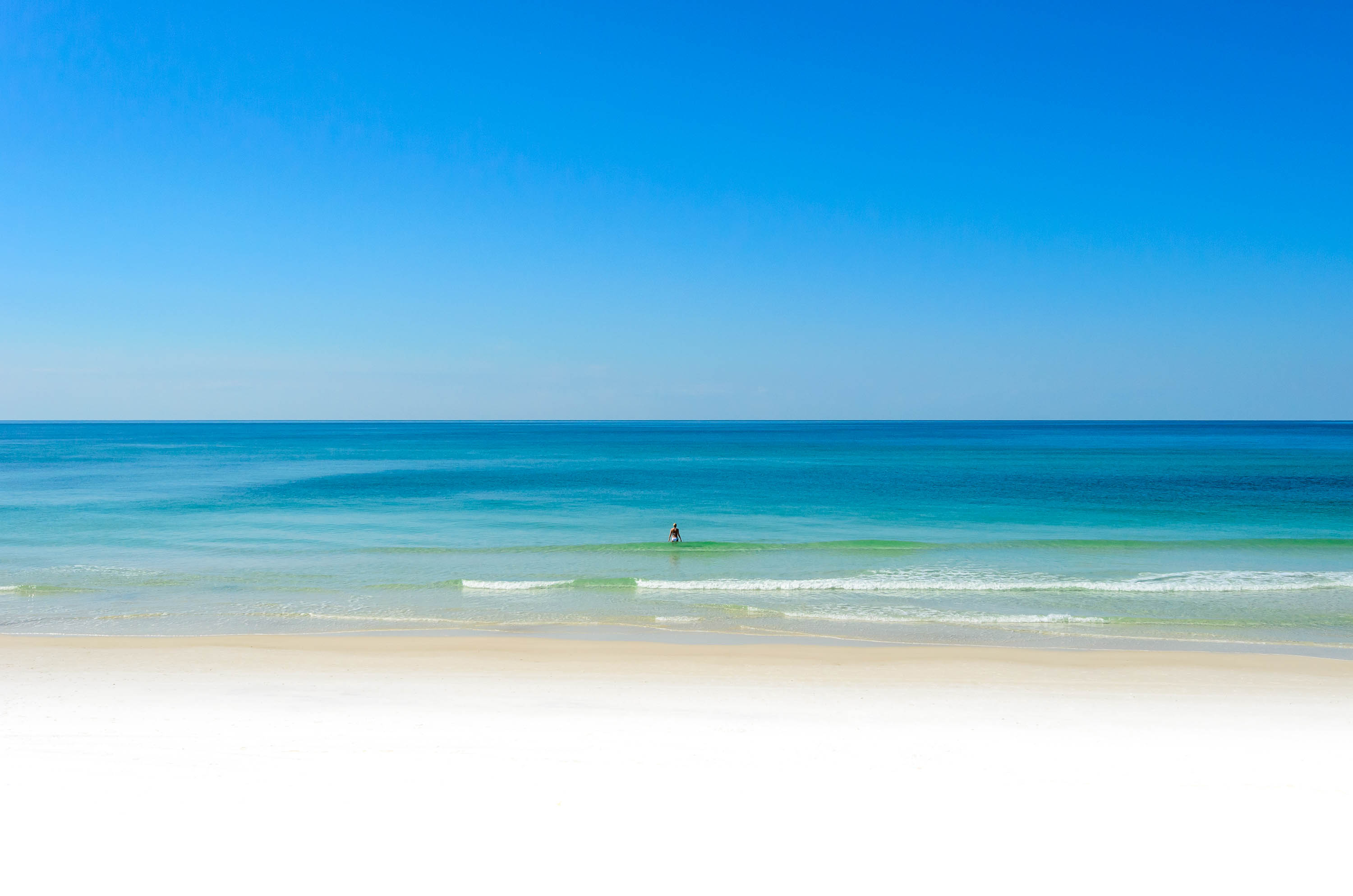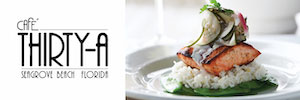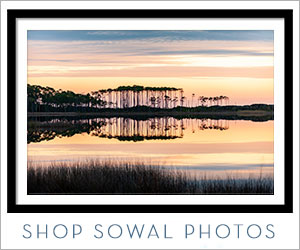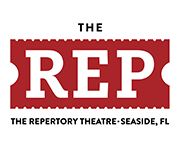Marriage ? the ceremony and the customs surrounding it ? took on a variety of forms in Colonial America. While the English were the largest group in early America, other ethnic groups exerted their influence, particularly in some localities: the Dutch in New York and New Jersey, the Swedes along the Delaware, and the Germans in Pennsylvania, for example.
Of course, some of our ancestors adhered to old English customs ? negotiating a dowry, which was then followed by a betrothal (engagement) and finally a wedding. However, soon after the early European settlements of early America began to thrive, the wedding ceremony itself began to change, partly due to ethnicity and religion and partly due to geographic factors.
The Dutch and Germans performed ceremonies in their native languages along with some of the customs from their homelands.
The Quakers held weddings in their meetinghouses. There a couple could marry themselves with vows often of their own devising, without the benefit of any clergyman.
In the South for a long time Anglican traditions ? based upon the rite in the Book of Common prayer ? remained prevalent. However, the customary publication of the banns, which had been used in the old country to notify family, friends, and neighbors about an impending marriage, did not work among the widely dispersed settlements in the colonies. Other means had to be found to spread the word. It is claimed by some historians that the marriage license, issued by the county clerk, was thus created. And by the end of the 17th century this innovation had spread northward into the Middle Colonies.
People in New England soon began to forsake their old English wedding customs. The
Congregationalists held that nothing in the Bible designated marriage as a religious rite, so they made it a civil affair officiated by a magistrate, but without the festivities that were part of Southern weddings.
The English Puritans who founded Massachusetts in 1630 formed a society as committed to religion as any in history. But for them,
marriage was a civil union, a contract, not a sacred rite. In early Massachusetts,
weddings were performed by civil magistrates rather than clergymen. They took place in private homes, not in church buildings. No one wore white or walked down the aisle. Even later, when it became customary for ministers to preside at weddings (still held in private homes),
the clergy?s authority was granted by the state, not the church.
Massachusetts? founders insisted on civil unions, not as a reluctant compromise with the state, but as a direct outgrowth of their religious beliefs. Puritans were dissenters from the Church of England, which like the Catholic Church treated marriage as a sacrament. In England, the king was "defender of the faith," bishops sat in the House of Lords, and the Church of England had legal authority over all religious matters, including marriage. Puritans strongly opposed this system. They wanted to adhere strictly to the Bible in shaping their forms of worship, but as they read it, the New Testament offered no precedent for bishops, ecclesiastical courts, and royal control over religion.
Marriage remained important to Puritans (it was often used as a metaphor for the divine love between believers and God), but they wanted to remove it from the realm of sacred authority, leaving only the sacraments under church control. This radical change was impossible to achieve in England, where the unified church and state used its power to persecute dissenters. But when they migrated to Massachusetts, the Puritan founders were free to shape their new society according to their beliefs. As a result, Massachusetts had no bishops, no ecclesiastical courts.
The state regulated all aspects of the marriage process, from "publishing the banns"?an announcement of the intent to marry that was an early predecessor to the marriage license?to the marriage ceremony, the giving of dowries, property and inheritance rights, and in rare cases, divorce.
















